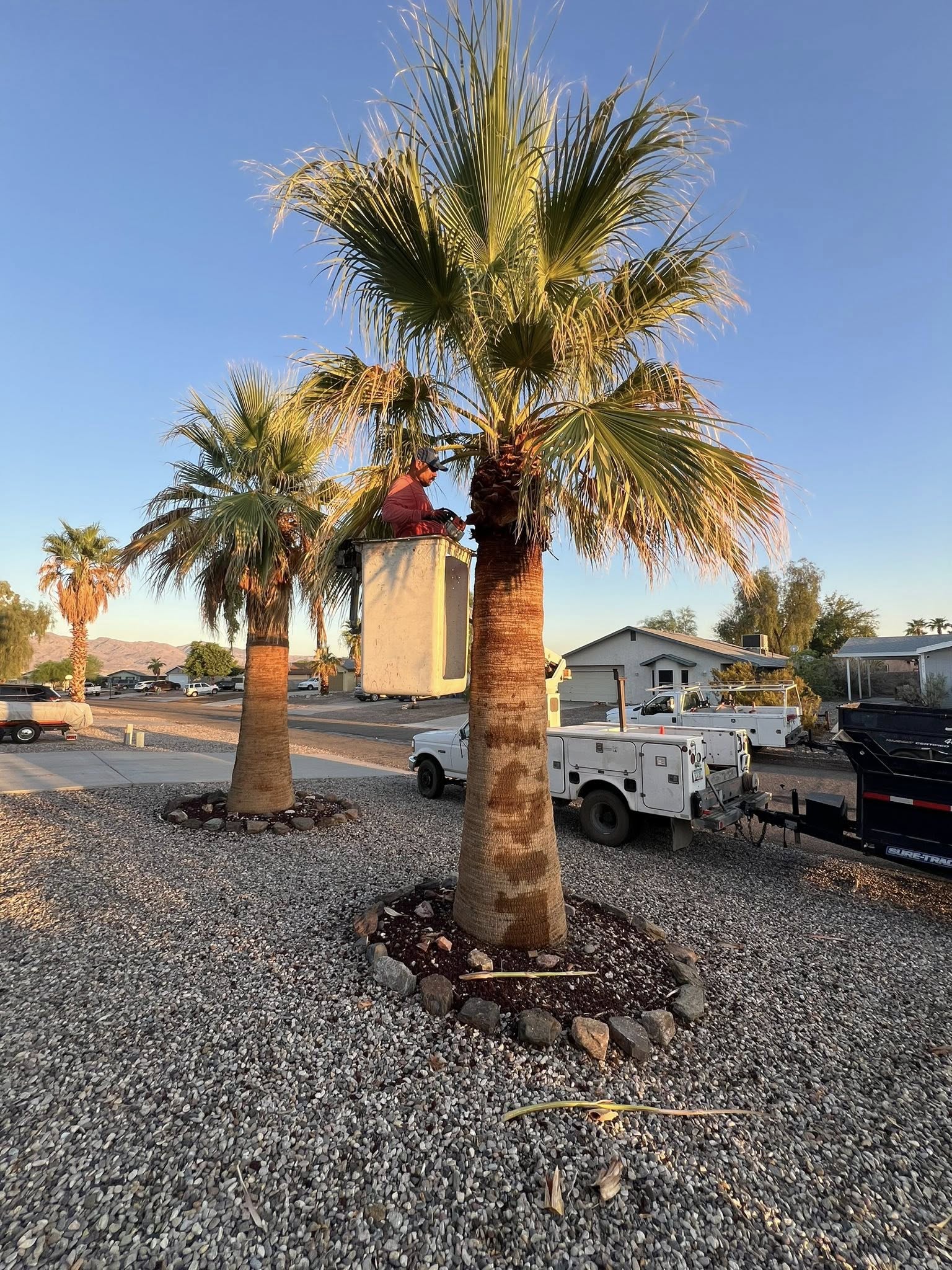
Transform Your Outdoor Space with Innovative Hardscaping Ideas Nov 14, 2025
The foundation of a successful hardscaping project is the selection of materials. Stone, brick, and concrete are traditional choices, but why not consider mixing them with more contemporary options? Porcelain tiles, for instance, are gaining popularity due to their durability and diverse styling possibilities. Similarly, integrating metal accents can create a sleek, modern look that stands out. Using recycled or sustainable materials is another forward-thinking choice that aligns with eco-friendly practices.
Pathways and walkways are essential features in any outdoor space. Instead of conventional straight paths, consider adding curves and meandering trails, which impart a more organic and natural feel. A blend of materials, such as gravel with stone pavers or mulch, can also add texture and contrast, making your pathways an eye-catching element of your landscape. Furthermore, incorporating solar-powered lights along these paths enhances functionality and adds an enchanting night-time appeal.
Hardscaping extends beyond walkways; consider integrating decorative walls and terraces into your design. Retaining walls can serve dual purposes: they provide structural integrity for soil retention and serve as a canvass for a vertical garden or seating area. Using varied textures and heights can break the monotony, and choosing multi-use features, such as built-in seating, expands the capabilities of your outdoor space.
The addition of water features is another transformative element in hardscaping. The calming effect of running water can create a serene atmosphere, perfect for relaxation. Incorporate a small pond with a fountain or a cascading waterfall to serve as a stunning focal point. Such features are not only visually appealing but also contribute to the ambient soundscape of your outdoor retreat.
Fire features add warmth and ambiance, perfect for chilly evenings. Consider installing a fire pit or an outdoor fireplace as part of your hardscaping design. These elements are ideal for family gatherings or entertaining guests, providing a cozy central spot for conversation. Ensure you use appropriate safety materials and consider wind patterns when placing these features.
When planning your hardscape, it's crucial to think about the overall flow of your outdoor space. Interactive features, such as an outdoor kitchen or dining area, encourage use while providing functionality. Consider using a pergola for shade, lending structure without closing off the area. This can serve as a transition between your garden and harder surfaces like patios or decks.
Finally, integrating native plants into your design will complement your hardscaping and provide a seamless transition from hard elements to natural beauty. These plants are not only low-maintenance but also attract local wildlife, adding vibrancy to your garden.
In conclusion, transforming your outdoor space with innovative hardscaping ideas can drastically elevate both aesthetic appeal and property value. At Top Notch Landscape Services, our expertise in combining creative materials and strategic designs ensures that your outdoor area becomes a personalized retreat. By considering these ideas, you can create a unique space that reflects your personality and meets your practical needs. Whether you start small with a simple path or go bold with a new terrace, the right hardscaping strategy will undoubtedly enrich your enjoyment of the outdoors.
/filters:no_upscale()/media/fc36fa84-a004-4201-adf9-aafb559f02d7.jpg)
/filters:no_upscale()/filters:format(webp)/media/9159a476-3162-4176-b03e-d97f8be80317.jpeg)